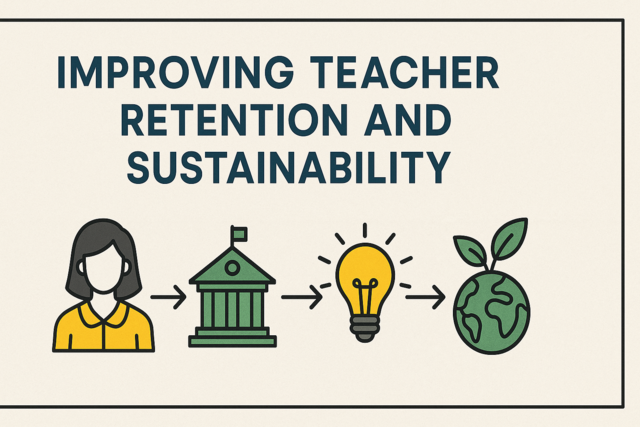Online Class: Blended Learning Models in Schools

no certificate
with CEU Certificate*
-
15Lessons
-
22Exams &
Assignments -
7Hours
average time -
0.7CEUs
Course Description
Imagine a world where the boundaries of the traditional classroom dissolve, where the walls come down, and learning transforms into an adventure tailored just for you. Welcome to "Blended Learning Models in Schools," the course that stands as a beacon of innovation, designed meticulously to propel you—or your students—into the 21st century with confidence and skill. This isn't just another online class; it's a journey of transformation that reimagines education and how you interact with knowledge.
Consider the education you wish to create or experience: one where you can synchronize the best of both worlds—traditional and digital—tailoring learning experiences to match the unique rhythms of every learner. Through blended learning, you gain access to a toolkit of strategies crafted to empower educators and students alike, cultivating an environment where critical thinking, creativity, and adaptability thrive. This course provides not only a panoramic understanding of blended models but also a deep dive into their transformative potential—a true synthesis that moves beyond mere theory into impactful practice.
With the advent of technology, opportunities abound, yet challenges persist. How do you overcome the digital divide to ensure equitable access for all students? How can you transform technology from a mere tool into a catalyst for engagement and growth? In this course, you'll unravel these questions, gaining insights into creative solutions like device lending programs and inclusive infrastructure improvements that bridge gaps and elevate educational attainment.
The journey doesn't stop at technology alone. You'll reimagine the classroom itself—flipping it, in fact—where students come alive as architects of their learning journey. Picture a space where experiential learning and vibrant discussions replace traditional lectures, where autonomy reigns and students navigate learning at their own pace. It's here that students not only absorb knowledge but master it, ready to wield it in a world that's ever-evolving.
At the core of "Blended Learning Models in Schools" lies a commitment to inclusivity and personalization in learning. Witness the way digital tools like virtual and augmented reality can transform lessons into immersive expeditions, taking students from the depths of history to the reaches of outer space—all from their classroom or home. Beyond that, you'll explore how these technologies, along with gamification and data analytics, can reshape assessments and engagement, creating vibrant, interactive learning landscapes that foster teamwork, adaptive thinking, and even lifelong learning skills.
This course illuminates the future of education, revealing the potential of blended models to not only educate but inspire. It positions you to harness the combined power of pedagogy and technology to foster a learning environment that transcends traditional limitations, preparing students for the demands and opportunities of a digital world. You'll leave with more than knowledge; you'll possess the insights and skills to implement these transformative practices immediately—reshaping teaching to catalyze student success.
Are you ready to become the mastermind behind educational experiences that fly in the face of convention and drive forward meaningful change? With "Blended Learning Models in Schools," immerse yourself in an educational journey that promises to enhance not only your career but the very fabric of learning for your students. This isn't just a course; it's your pathway to redefined education—where possibility meets practice, and future-ready learners emerge.
The time to transform is now. Enroll in "Blended Learning Models in Schools" and join a community committed to pioneering the future of education. Embrace the opportunity to redefine what's possible in the classroom and beyond, ensuring that every student you touch emerges confident, capable, and ready to conquer a world rich with opportunity. The adventure awaits—let your journey to an empowered educational future begin today.
- Completely Online
- Self-Paced
- 6 Months to Complete
- 24/7 Availability
- Start Anytime
- PC & Mac Compatible
- Android & iOS Friendly
- Accredited CEUs

Course Lessons
Lesson 1. Blended Learning: Promising Paths for 21st Century Skills
Technological growth has empowered blended learning through platforms like Google Classroom, facilitating seamless communication and resource management between students and teachers. Despite vast benefits, challenges such as equitable access to technology persist, necessitating solutions like device lending programs to overcome the digital divide.Lesson 2. The Evolution of Blended Learning: A Revolutionary Synthesis
Blended learning merges traditional teaching with digital technology, evolving significantly since its mid-20th century roots. It provides flexible, personalized education tailored to diverse learning styles, fostering deeper student engagement.Lesson 3. Revolutionizing Education: Exploring the Transformative Potential of Blended Learning
The intersection of technology and education in blended learning offers transformative potential, renewing student engagement through flexible and personalized approaches. Students benefit from the autonomy to learn at their own pace, complemented by diverse multimedia resources that accommodate various learning styles.Lesson 4. Digital Tools: The New Necessity in Education
The integration of digital tools in education offers flexibility and access equity, bridging gaps due to socio-economic or geographic limitations. As these tools evolve, they promise further customization and enriched learning experiences, preparing students for an industry-aligned future.Lesson 5. Blended Learning Revolution: Unleashing the Power of Digital Tools
Virtual and augmented reality revolutionize education by offering immersive experiences that capture students' imaginations, facilitating profound learning. Using these technologies, historical events, or distant planets become accessible classrooms available to any learner willing to explore.Lesson 6. Flip Your Class: A New Path to Student Success
In the flipped classroom, video modules and readings replace traditional lectures, allowing classroom sessions to focus on targeted discussions and experiential learning. This shift fosters self-directed learning, improves student-teacher interactions, and equips learners with skills essential for success in an evolving world.Lesson 7. 'Bridging Pedagogies: The Future of Hybrid Learning'
Hybrid learning promotes inclusivity and accessibility, ensuring students can access resources regardless of personal or logistical constraints. By merging digital and in-person formats, students gain valuable skills for lifelong learning and adaptability in a digital world.Lesson 8. Unlocking Student Potential Through Blended Models
Blended learning models embrace technological advancement and personalized learning techniques to optimize student success, allowing learners to move at their own pace and focus on mastery. By leveraging competency-based progression and tailored resources, educators offer a transformative educational journey that fosters adaptability and critical thinking.Lesson 9. Innovative Blended Learning: Navigating Educational Transformation
Incorporating gamification into collaborative environments brings an engaging twist to learning, motivating students through interactive and competitive elements. Tools like Kahoot! and Quizizz not only make assessments enjoyable but also reinforce essential skills like teamwork and adaptive thinking.Lesson 10. The Future of Assessments in Blended Learning: An In-Depth Look
Analytics and data-driven insights transform blended learning by providing educators with tools to understand student engagement and learning patterns. This information allows for the creation of tailored teaching strategies that align more closely with diverse learner needs.Lesson 11. Revolutionizing Education: Transforming Classrooms with Technology
Integrating technology into classroom management within blended learning models transforms classrooms into interactive, student-focused spaces for communication and personalized growth, allowing teachers to use digital tools to boost engagement and inclusivity. By leveraging data analytics from platforms like Google Classroom, educators can customize learning experiences, improving educational outcomes and empowering students to learn at their own pace.Lesson 12. Cultivating Digital Citizenship in the Classroom
As digital tools reshape classrooms, digital literacy stands as a key competency, encompassing the evaluation, use, and creation of digital content. The integration of technology into lessons enriches learning experiences, encourages creativity, and prepares students for an increasingly interconnected world.Lesson 13. Personalized Education Through Blended Learning
Blended learning transforms education by combining digital literacy and traditional pedagogy, fostering adaptability and resilience in students. Technological infrastructures and LMS platforms are vital, encouraging global collaboration and preparing learners for lifelong success.Lesson 14. Digital Divide Solutions: Advancing Equity in Blended Learning
The digital divide challenges underfunded schools in rural and urban areas, constraining students’ access to essential learning tools. Addressing this involves device lending programs and local infrastructure improvements, fostering better educational attainment.Lesson 15. Personalized Pathways: Rethinking Education in the Digital Age
Blended learning revolutionizes education by combining in-person and online learning, personalized to diverse student needs through platforms like LMS and AI tools. This dynamic approach enables customized instruction, enhances engagement with immersive technologies, and addresses global educational accessibility while fostering effective data-driven strategies.
Learning Outcomes
- Analyze the effectiveness of technology integration in blended learning environments and propose strategies to enhance student engagement and learning outcomes.
- Define the key components of a blended learning model and evaluate their impact on diverse learning styles.
- Define the primary stages in the evolution of blended learning from its inception in the 1960s to present, focusing on key technological and pedagogical advancements.
- Identify how blended learning models adapt instructional strategies to cater to diverse learning styles and needs, emphasizing technological integration and student-centered approaches.
- Identify how blended learning fosters autonomy, responsibility, and personalized learning experiences by allowing students to control their learning journey and engage with diverse content formats.
- Recognize the benefits of blended learning models in increasing student engagement and motivation by integrating face-to-face and online learning methods.
- Demonstrate proficiency in using adaptive learning platforms by completing practice modules at increasing difficulty levels, reflecting personalized learning and self-paced progression.
- Define the role of digital tools in enhancing student engagement and learning outcomes in blended learning environments, as evidenced by increased interaction and academic performance.
- Define the key components and advantages of digital tools in blended learning models, including personalization, multimedia integration, and adaptive learning technologies.
- Demonstrate the application of digital tools to personalize educational experiences, using adaptive learning platforms to tailor content and learning paths for individual student needs.
- Demonstrate the ability to critically analyze and discuss pre-class material on cellular respiration during interactive classroom activities.
- Describe the role of technology platforms like Jamboard in facilitating collaborative problem-solving sessions in a flipped classroom setting.
- Define hybrid learning and analyze its benefits for diverse learning styles
- Demonstrate mastery of lesson content at levels of 70% or higher.
Additional Course Information

- Document Your Lifelong Learning Achievements
- Earn an Official Certificate Documenting Course Hours and CEUs
- Verify Your Certificate with a Unique Serial Number Online
- View and Share Your Certificate Online or Download/Print as PDF
- Display Your Certificate on Your Resume and Promote Your Achievements Using Social Media

Choose Your Subscription Plan
No Certificate / No CEUs
This course only
| Includes certificate | X |
| Includes CEUs | X |
| Self-paced |

|
| Instructor support |

|
| Time to complete | 6 months |
| No. of courses | 1 course |
Certificate & CEUs
This course only
| Includes certificate |

|
| Includes CEUs |

|
| Self-paced |

|
| Instructor support |

|
| Time to complete | 6 months |
| No. of courses | 1 course |
Certificates & CEUs
Includes all 600+ courses
| Includes certificate |

|
| Includes CEUs |

|
| Self-paced |

|
| Instructor support |

|
| Time to complete | 12 Months |
| No. of courses | 600+ |
Certificates & CEUs
Includes all 600+ courses
| Includes certificate |

|
| Includes CEUs |

|
| Self-paced |

|
| Instructor support |

|
| Time to complete | 24 Months |
| No. of courses | 600+ |
Related Courses
-
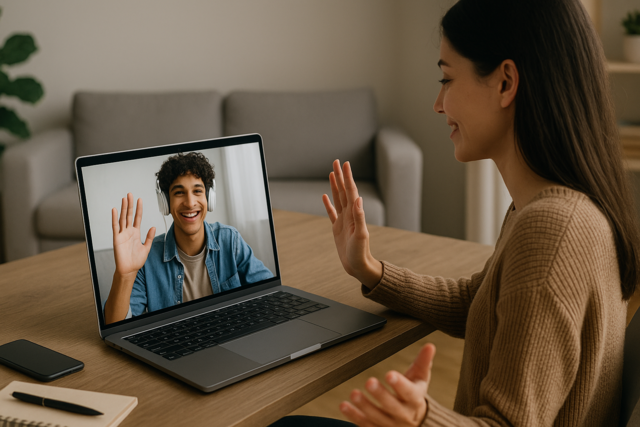 7 hours
0.7 CEUs
Digital Friendships: Navigating Virtual Connections
+ More Info
7 hours
0.7 CEUs
Digital Friendships: Navigating Virtual Connections
+ More Info
-
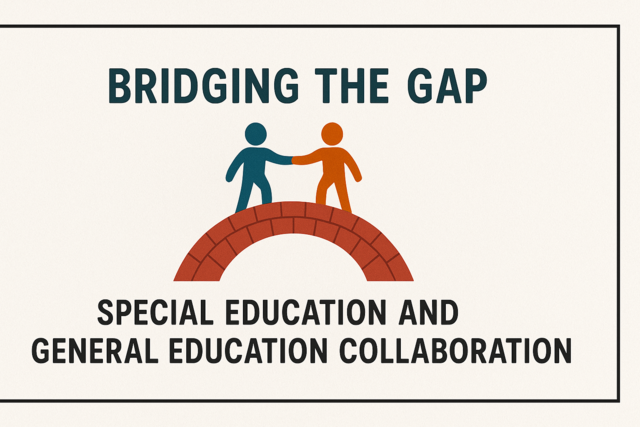 4 hours
0.4 CEUs
Bridging the Gap: Special Education and General Education Collaboration
+ More Info
4 hours
0.4 CEUs
Bridging the Gap: Special Education and General Education Collaboration
+ More Info
-
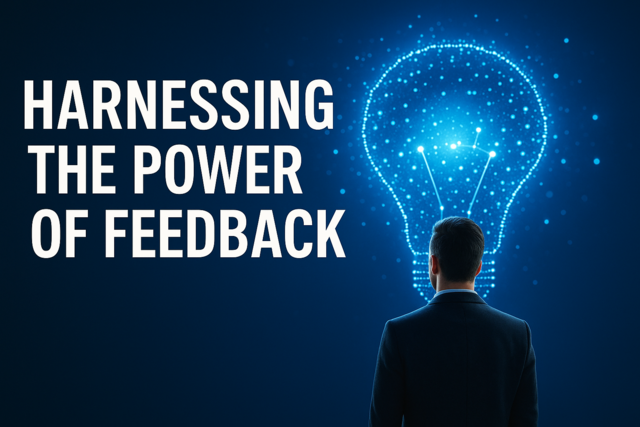 5 hours
0.5 CEUs
Harnessing the Power of Feedback
+ More Info
5 hours
0.5 CEUs
Harnessing the Power of Feedback
+ More Info
-
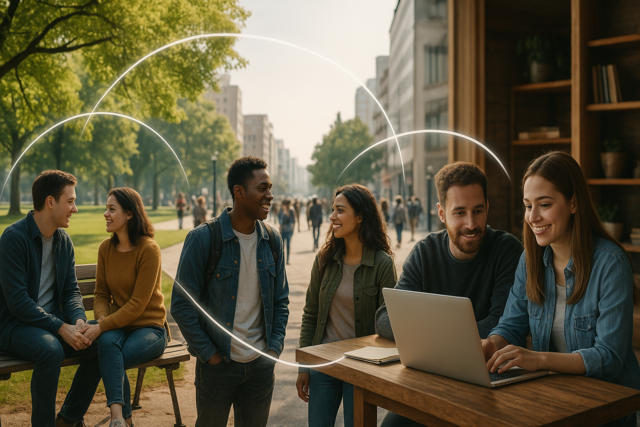 6 hours
0.6 CEUs
The Influence Index: How Environment Shapes Relationships
+ More Info
6 hours
0.6 CEUs
The Influence Index: How Environment Shapes Relationships
+ More Info
-
 5 hours
0.5 CEUs
The Art of Listening: Creating Understanding in Relationships
+ More Info
5 hours
0.5 CEUs
The Art of Listening: Creating Understanding in Relationships
+ More Info
-
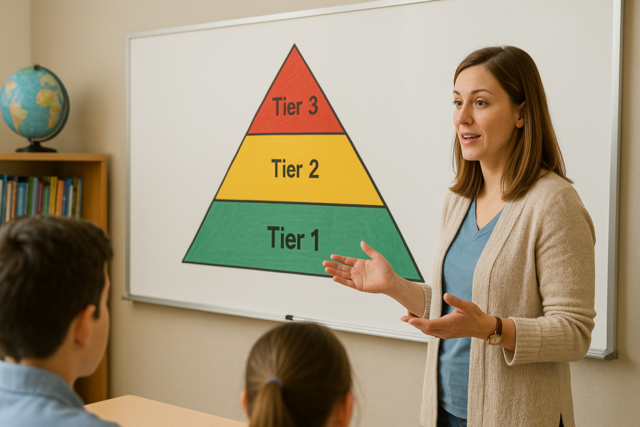 5 hours
0.5 CEUs
Implementing RTI Models in Schools
+ More Info
5 hours
0.5 CEUs
Implementing RTI Models in Schools
+ More Info
-
 6 hours
0.6 CEUs
The Vogue of Now: An Insight into Modern Fashion Trends
+ More Info
6 hours
0.6 CEUs
The Vogue of Now: An Insight into Modern Fashion Trends
+ More Info
-
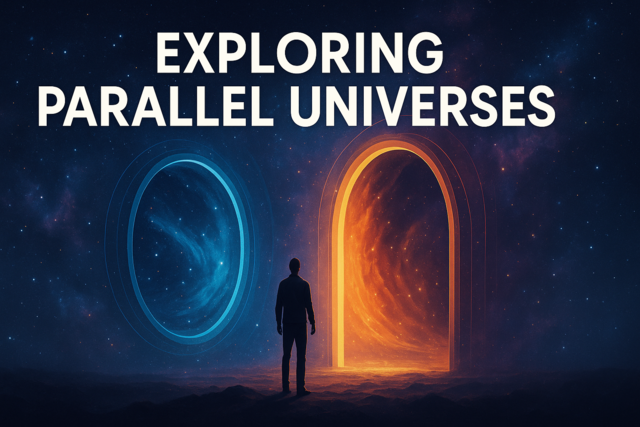 3 hours
0.3 CEUs
Exploring Parallel Universes
+ More Info
3 hours
0.3 CEUs
Exploring Parallel Universes
+ More Info
-
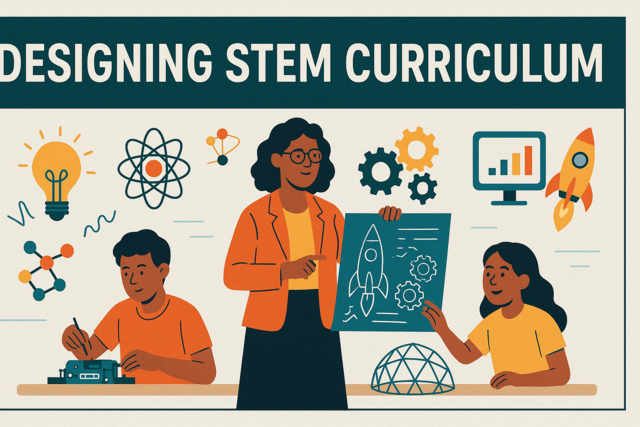 3 hours
0.3 CEUs
Designing STEM Curriculum
+ More Info
3 hours
0.3 CEUs
Designing STEM Curriculum
+ More Info
-
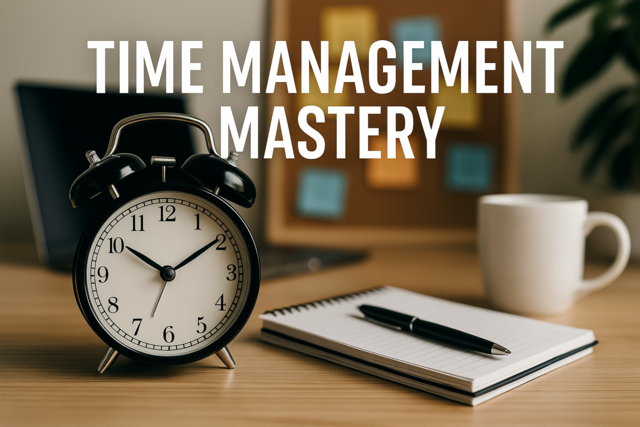 4 hours
0.4 CEUs
Time Management Mastery
+ More Info
4 hours
0.4 CEUs
Time Management Mastery
+ More Info
-
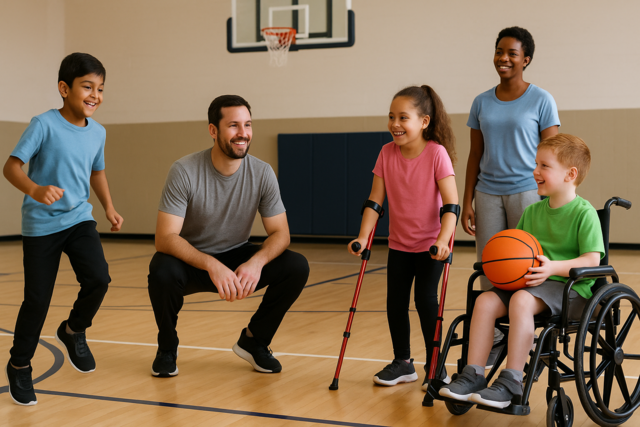 5 hours
0.5 CEUs
Inclusive Sports and Physical Education for Special Needs
+ More Info
5 hours
0.5 CEUs
Inclusive Sports and Physical Education for Special Needs
+ More Info
-
 6 hours
0.6 CEUs
Legacy Building: Creating a Family Culture to Last
+ More Info
6 hours
0.6 CEUs
Legacy Building: Creating a Family Culture to Last
+ More Info
-
 3 hours
0.3 CEUs
From Me to We: Transitioning to a Team Mindset
+ More Info
3 hours
0.3 CEUs
From Me to We: Transitioning to a Team Mindset
+ More Info
-
 4 hours
0.4 CEUs
Mysteries of the Quantum Realm
+ More Info
4 hours
0.4 CEUs
Mysteries of the Quantum Realm
+ More Info
-
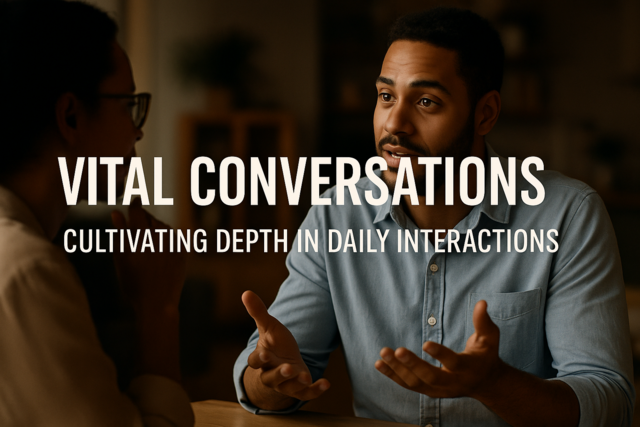 4 hours
0.4 CEUs
Vital Conversations: Cultivating Depth in Daily Interactions
+ More Info
4 hours
0.4 CEUs
Vital Conversations: Cultivating Depth in Daily Interactions
+ More Info
-
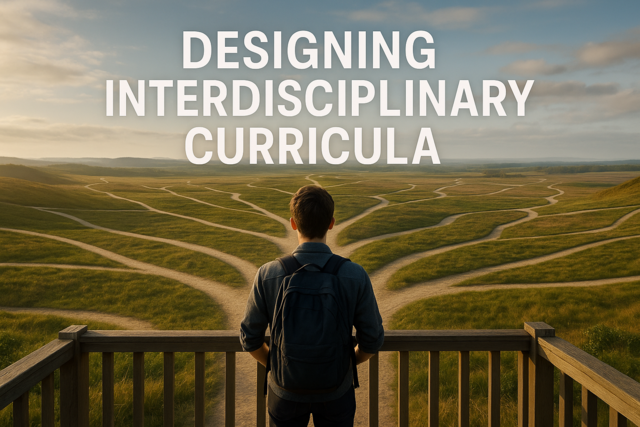 7 hours
0.7 CEUs
Designing Interdisciplinary Curricula
+ More Info
7 hours
0.7 CEUs
Designing Interdisciplinary Curricula
+ More Info
-
 5 hours
0.5 CEUs
Iconic Inspirations: Modern Fashion's Heritage and Future
+ More Info
5 hours
0.5 CEUs
Iconic Inspirations: Modern Fashion's Heritage and Future
+ More Info
-
 7 hours
0.7 CEUs
Haute Couture Chronicles: Inside the World of Luxury Brands
+ More Info
7 hours
0.7 CEUs
Haute Couture Chronicles: Inside the World of Luxury Brands
+ More Info
-
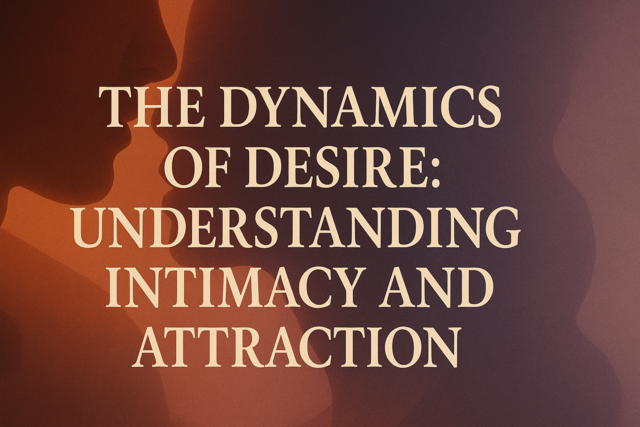 7 hours
0.7 CEUs
The Dynamics of Desire: Understanding Intimacy and Attraction
+ More Info
7 hours
0.7 CEUs
The Dynamics of Desire: Understanding Intimacy and Attraction
+ More Info
-
 3 hours
0.3 CEUs
Managing Personal Finances
+ More Info
3 hours
0.3 CEUs
Managing Personal Finances
+ More Info
-
 6 hours
0.6 CEUs
Public Speaking with Confidence
+ More Info
6 hours
0.6 CEUs
Public Speaking with Confidence
+ More Info
-
 6 hours
0.6 CEUs
Flawless Finish: Understanding Details in Luxury Fashion
+ More Info
6 hours
0.6 CEUs
Flawless Finish: Understanding Details in Luxury Fashion
+ More Info
-
 4 hours
0.4 CEUs
Beyond Words: The Silent Language of Relationships
+ More Info
4 hours
0.4 CEUs
Beyond Words: The Silent Language of Relationships
+ More Info
-
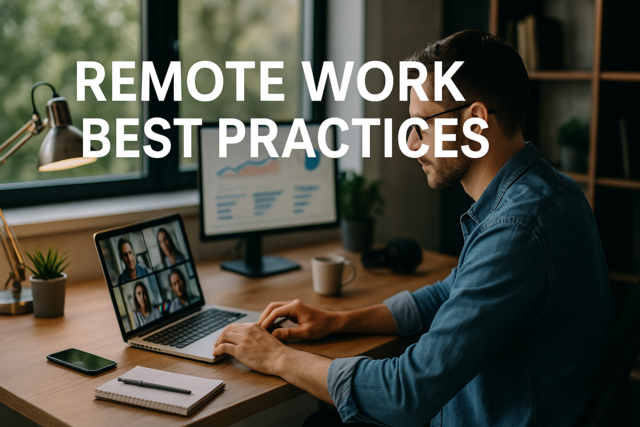 7 hours
0.7 CEUs
Remote Work Best Practices
+ More Info
7 hours
0.7 CEUs
Remote Work Best Practices
+ More Info
-
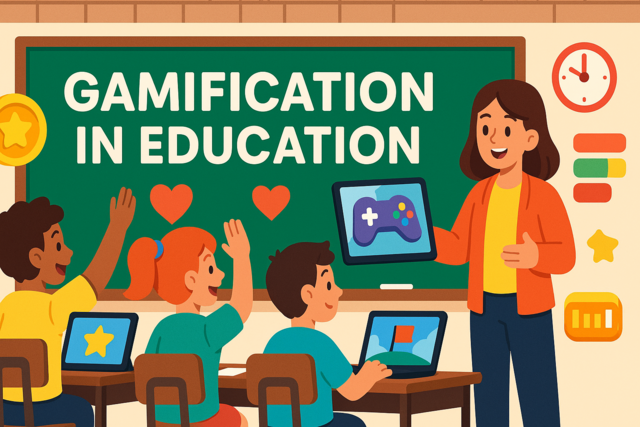 4 hours
0.4 CEUs
Gamification in Education
+ More Info
4 hours
0.4 CEUs
Gamification in Education
+ More Info
-
 7 hours
0.7 CEUs
Iconoclasts of Style: Revolutionary Figures in Modern Fashion
+ More Info
7 hours
0.7 CEUs
Iconoclasts of Style: Revolutionary Figures in Modern Fashion
+ More Info
-
 5 hours
0.5 CEUs
Dress Like a Mogul: Navigating High-End Fashion for Men
+ More Info
5 hours
0.5 CEUs
Dress Like a Mogul: Navigating High-End Fashion for Men
+ More Info
-
 4 hours
0.4 CEUs
Critical Thinking and Problem Solving Techniques
+ More Info
4 hours
0.4 CEUs
Critical Thinking and Problem Solving Techniques
+ More Info
-
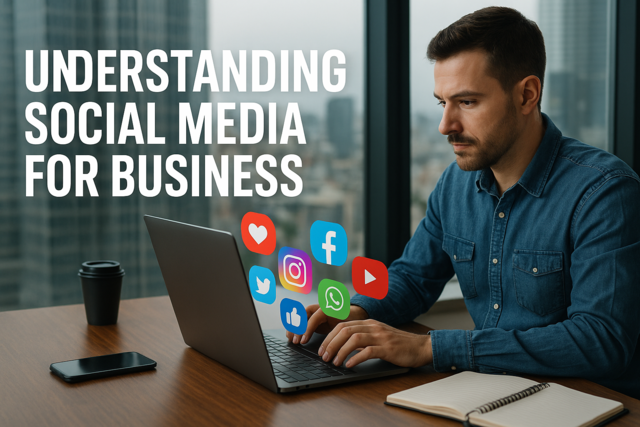 5 hours
0.5 CEUs
Understanding Social Media for Business
+ More Info
5 hours
0.5 CEUs
Understanding Social Media for Business
+ More Info
-
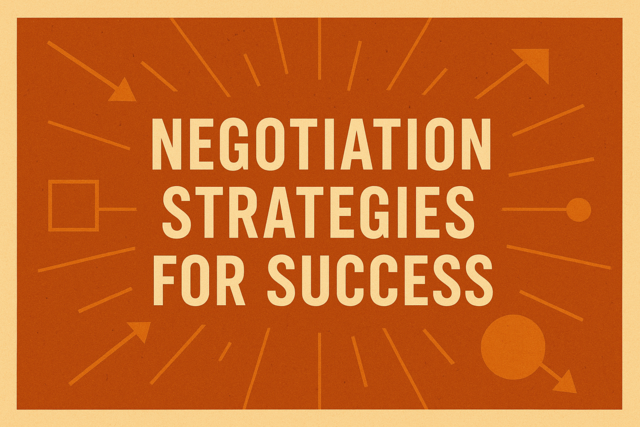 7 hours
0.7 CEUs
Negotiation Strategies for Success
+ More Info
7 hours
0.7 CEUs
Negotiation Strategies for Success
+ More Info
-
 4 hours
0.4 CEUs
Narcissistic Loops: Breaking the Cycle of Self-Absorption
+ More Info
4 hours
0.4 CEUs
Narcissistic Loops: Breaking the Cycle of Self-Absorption
+ More Info
-
 3 hours
0.3 CEUs
Career Planning and Development
+ More Info
3 hours
0.3 CEUs
Career Planning and Development
+ More Info
-
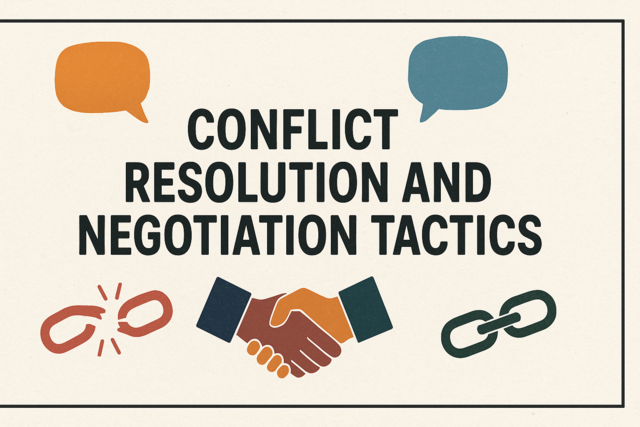 7 hours
0.7 CEUs
Conflict Resolution and Negotiation Tactics
+ More Info
7 hours
0.7 CEUs
Conflict Resolution and Negotiation Tactics
+ More Info
-
 5 hours
0.5 CEUs
Bridging Generational Gaps: Understanding Family Dynamics
+ More Info
5 hours
0.5 CEUs
Bridging Generational Gaps: Understanding Family Dynamics
+ More Info
-
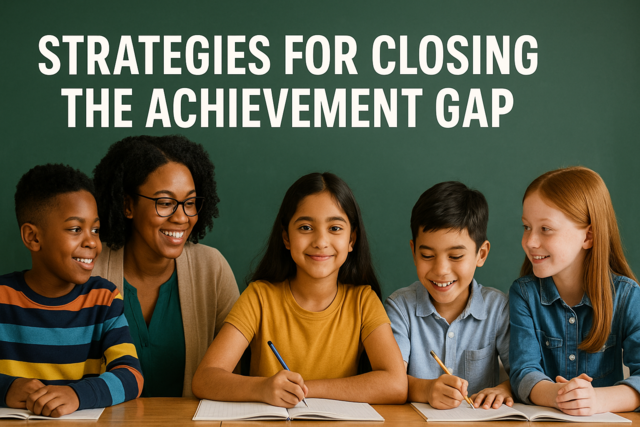 7 hours
0.7 CEUs
Strategies for Closing the Achievement Gap
+ More Info
7 hours
0.7 CEUs
Strategies for Closing the Achievement Gap
+ More Info
-
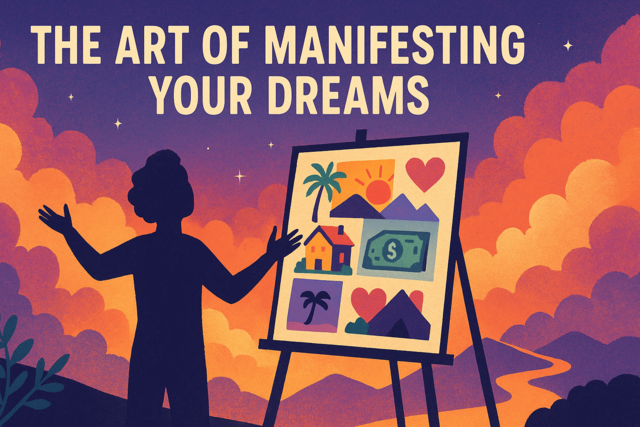 7 hours
0.7 CEUs
The Art of Manifesting Your Dreams
+ More Info
7 hours
0.7 CEUs
The Art of Manifesting Your Dreams
+ More Info
-
 7 hours
0.7 CEUs
Building a Healthy Work Environment
+ More Info
7 hours
0.7 CEUs
Building a Healthy Work Environment
+ More Info
-
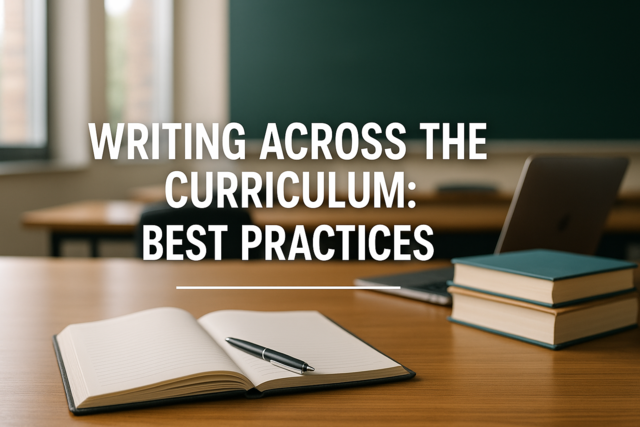 3 hours
0.3 CEUs
Writing Across the Curriculum: Best Practices
+ More Info
3 hours
0.3 CEUs
Writing Across the Curriculum: Best Practices
+ More Info
-
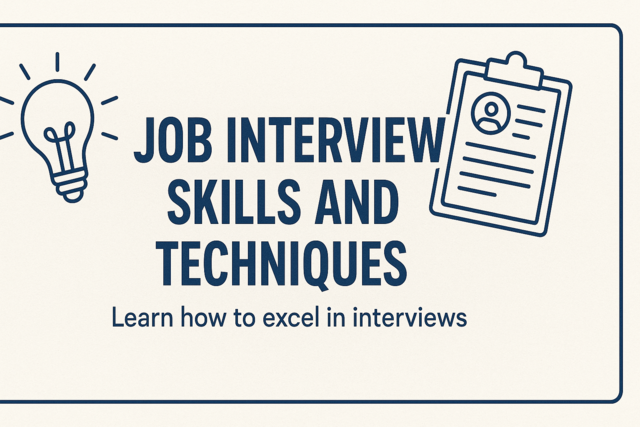 4 hours
0.4 CEUs
Job Interview Skills and Techniques
+ More Info
4 hours
0.4 CEUs
Job Interview Skills and Techniques
+ More Info
-
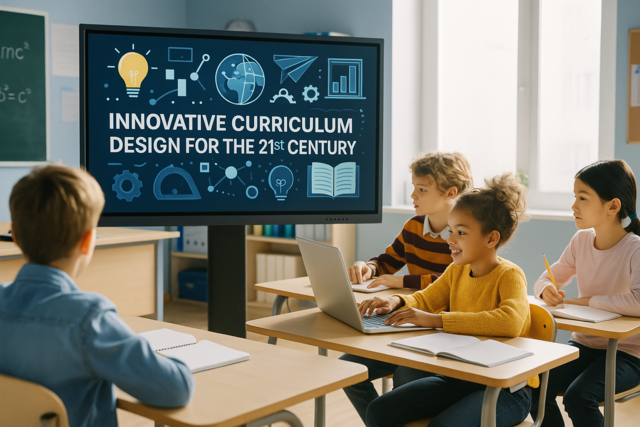 4 hours
0.4 CEUs
Innovative Curriculum Design for the 21st Century
+ More Info
4 hours
0.4 CEUs
Innovative Curriculum Design for the 21st Century
+ More Info



